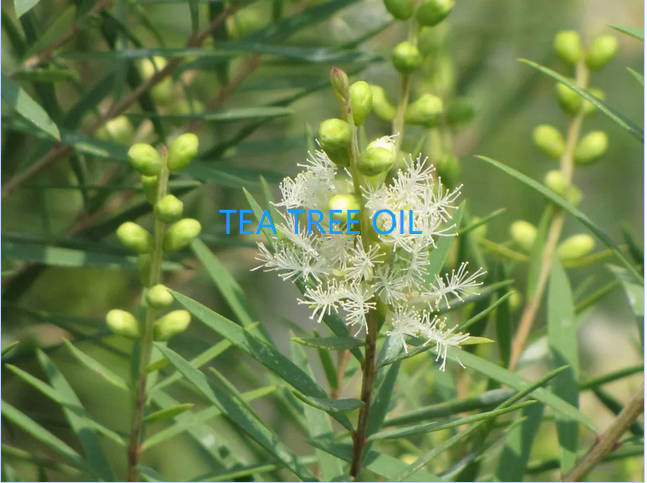Biopesticides, Cosmetics & Persnoal Cares, Pharmaceutical
TERPENE ESSENTIAL OILS: The research and development direction of anti-virus drugs is concerned

Biopesticides, Cosmetics & Persnoal Cares, Pharmaceutical

Every time a new viral disease appears, new effective antiviral drugs need to be researched, and terpenes must be one of them. Therefore, scientists evaluated the antiviral activity of various terpenoids and found that the effect of monoterpenoids was better. Monoterpenes are terpenoids with two isoprene units, which are the main constituents of many plant essential oils, indicating that monoterpenes play an important role in plant disease prevention.
In 2005, a study to evaluate the in vitro of several essential oils extracted from plants in South America for three kinds of human viruses (Herpes simplex virus type 1, dengue virus type 2 and Junin virus) antiviral activity, the results show that the refined oil has antiviral effect is mainly composed of monoterpenes, such as carvone, Carveol, limonene, alpha-pinene, beta pinene, caryophyllene, camphor, beta ocimene, and sesquiterpenes (such as germacrene) (Duschatzkyet al. 2005)
In 2008, a similar study analyzed the antiviral activity of seven essential oils from Lebanon against herpes simplex virus type 1 and SARS coronavirus in vitro, The results showed that the antiviral plant essential oils were mainly composed of alpha and beta pinene, beta ocimene and 1, 8-cineole. (Loizzo et al. 2008)

In 2009, a study of sage essential oils (Salvia japonica Thunb) had similar results, finding that the main antiviral ingredients were 1, 8-cineole, alpha-pinene, caryophyllene oxide, and sabinene. (Alim et al. 2009)
Monoterpenes in essential oils that contribute to antiviral activity have been most concerned.
Astani team studies using eucalyptus, tea tree, and thyme essential oils suggest that monoterpene hydrocarbons are slightly more resistant to herpes simplex virus type 1 than monoterpene alcohols. The monoterpenes with the highest antiviral activity were identified as alpha pinene and alpha terpineol. The mechanism may be direct inactivation of free virus particles; Mixtures of monoterpenoids are more effective and less toxic to host cells than single monoterpenoids. (Astani et al. 2009)
In 2016, a study on the antiviral activity of tea tree oils monoterpenoids against human-infected west Nile virus, Compared with single monoterpene, both in vivo and in vitro results showed that monoterpene mixture had a better antiviral effect. The underlying mechanism has been predicted to induce cell cycle arrest in either the G0 (A cell ceases to divide after several times of repeated division) or G1 phase (pre-DNA synthesis). (Zamora et al. 2016)
Recent studies have shown that the triketone terpene adduct derived from myrtle plants has antiviral, antibacterial and anti-tumor activities, and these compounds in the form of sesquiterpenes (myrtucomvalones A, B, C) have successfully suppressed respiratory syncytial viruses. (Chen et al. 2017)
It can be seen that active terpenoids exist in different plants and have different antiviral properties, and the mixture of various terpenoids is better than that of single terpenoids. Therefore, it is more important to search for various plant sources rather than focusing on various monoterpenoids for therapeutic purposes.